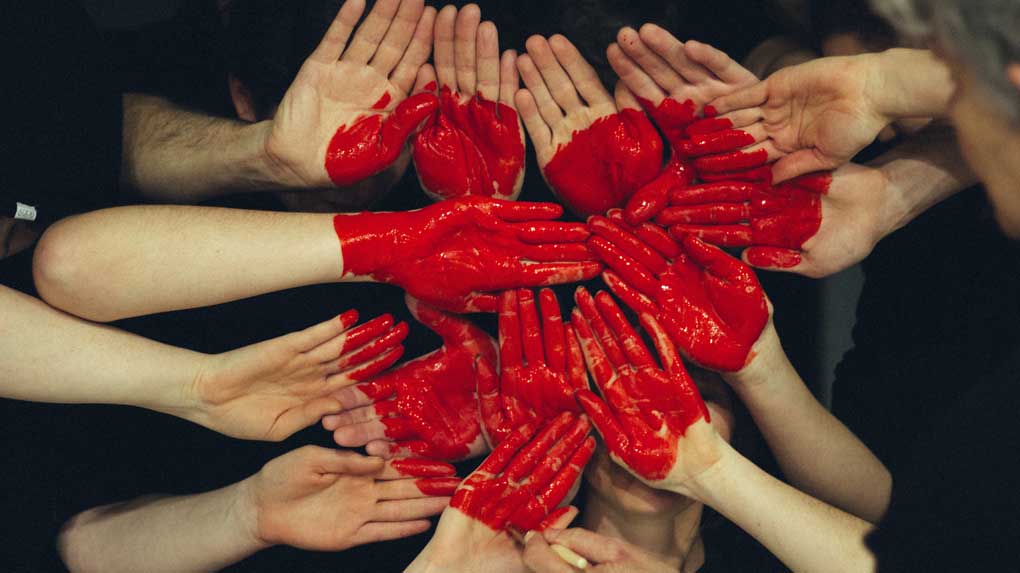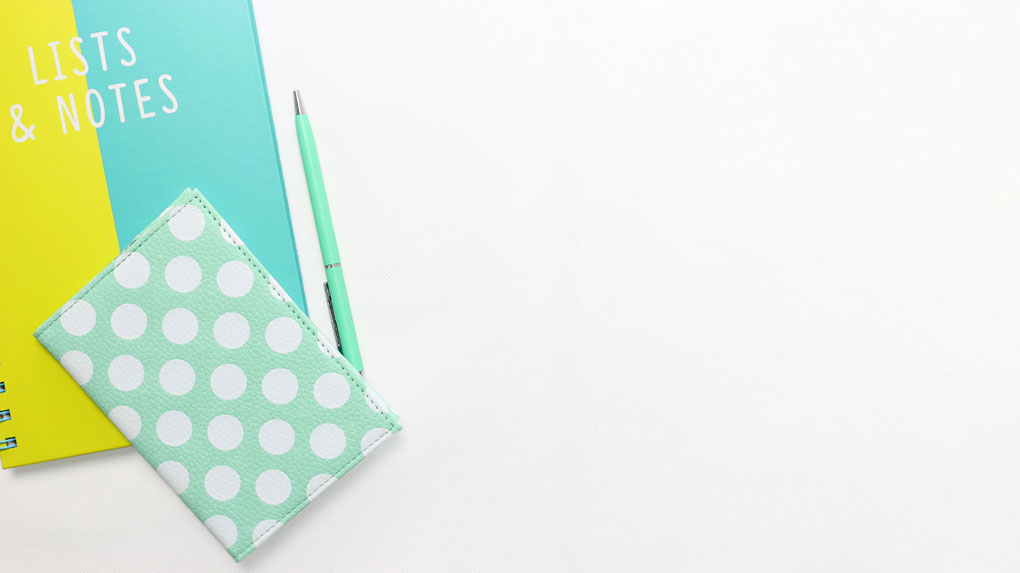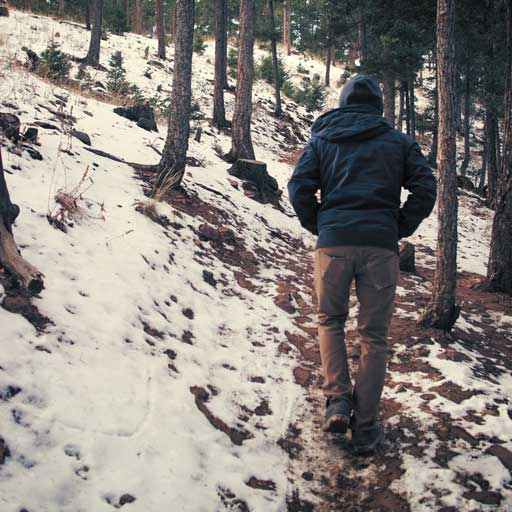As an Amazon Associate we earn from qualifying purchases.
 Whenever you’re using a sharp blade, you must be following some blade safety techniques. These techniques are acquired throughout your lifetime. You have learned these either from your ancestors or from some experts. Also, you have a natural skill to grow awareness about the safety from a sharp blade. Above all, you must be following some fundamental rules as a user. So, what is your one rule to live by when it comes to the safety of your blade?
Whenever you’re using a sharp blade, you must be following some blade safety techniques. These techniques are acquired throughout your lifetime. You have learned these either from your ancestors or from some experts. Also, you have a natural skill to grow awareness about the safety from a sharp blade. Above all, you must be following some fundamental rules as a user. So, what is your one rule to live by when it comes to the safety of your blade?
Here, we have collected some opinions from those experts who have a vast knowledge about blades. Throughout their time, they have followed these techniques and got results. But, let’s see how we’ve done this article, first.
First, we made contact with these people who have an authority about these areas i.e. types of knives, dangers of knives and other blade related topics, survival gears, and knife safety policy. Everyone has a blog or website which are super cool for like-minded people to follow. You can have a look at their website and I’m sure that you will learn so many things. I can say that; I’ve learned a lot!
So, everyone was asked to share their opinion about “What Not to Do When You Are Using a Sharp Blade (Your ONE advice)?” Upon receiving their responses, this article is made. So, let’s check out what the experts said about it!
Blade Safety: Your One Rule to Live By
Safety comes first when you are using any kind of blades whether it is knife, axe, machete, hatchet or even razor. Before using any blade, you really need to know the rules ins and outs. Among the rules, there are some which are the topmost priority like how to pass a knife safely, how to hold a knife, how to pass a knife safely etc. So, what the experts said about it?
Expert’s Opinion on Using Sharp Blades Safely
Danielle Jenkins of Nora Knives & Cutlery said
“We had to think about your request for a while. It is a simple question but we didn’t have anything that immediately came to mind.
For us, as knife makers, we have certain shop rules in place for safety but as an end-user of a knife, I think the best advice we can give is to keep your eye on the blade while you are cutting. The idea is not new I’m afraid, but the honest truth is that when we get cut, it’s usually because we have very quickly taken our eyes off of the blade we were working on or using.
Hope that is helpful.”
Well, Danielle, it is helpful!
Doug Bennett of Doodle Froodle Knives said
“First, I don’t use a dull blade. My advice is to keep your blade sharp. A dull blade takes much more effort, strength and exertion to cut and you are more likely to make mistakes and have accidents with a dull blade versus a sharp blade. A sharp blade is much safer than a dull blade. I hope that helps.”
Wouter of Spyder Collector said
“Fun question!
My one advice for what NOT to do when using a sharp blade is to ‘not pay attention’. Every single cut I got over the years came down to this issue. Whether I’m playing with a new knife on the couch while watching a movie (come on you all do that!), or keeping my fingers in the way of the edge during a tricky detailed cut; I hadn’t been paying attention to what I’m doing with the knife. My kids are getting old enough to start using their own pocket knife and ‘pay attention to what you’re doing’ is what I stress with them as well.”
Tony of Everyday Commentary said
“Hit the ground.
A lot of people chop items on or near the ground and in addition to large rocks, the ground is exceptionally gritty, especially in places with sandy soil, and it can grind or even chip out a sharp edge.”
Olivia Go of Tosho Knife Arts said
“My advice… for what not to do when using a sharp knife…
There are a few things, aren’t there?
Don’t point it at someone and remember it’s sharp. Don’t let your mind wander and listen to what you’re doing.
Not sure if that goes with what you’re thinking…”
It certainly goes!!
David Andersen of Nordsmith Knives said
“Number one thing not to do when using a sharp blade is to let it get dull! A dull blade is dangerous, requiring more effort and more force to use, which is a recipe for a slip-up. Not only are you more likely to injure yourself, but the inevitable cuts won’t heal as well as they would if your edge were sharp. Strop regularly and sharpen periodically to keep your edge in top shape. A sharp blade is a safe blade, and will be a joy to use!”
Daniel Schmidt of Deer & Deer Hunting said
“One thing I try to avoid at all costs when using a sharp blade while processing wild game is to avoid bones at all costs. A good blade will become dull quickly (and sometimes even ruined) if it’s used for anything other than what it’s designed. Sharpness comes from blade quality, and the last thing I want to do is compromise the blade by using it as a clever, axe, etc. I have other tools for those purposes.”
Russell Montgomery of Serenity Knives said
“Certainly, I think I would say to only use well-sharpened blades and to make purposeful cuts.
On a slight side note, I believe that you should only use sharp blades, the worst injuries happen with dull blades, or with newly sharpened blades with someone who has gotten used to a dull blade.”

Cameron Toor of Toorknives said
“What not to do when using a sharp blade?
Hopefully, this question is common sense to most people. When wielding a sharp blade, you must remember that it is a deadly weapon and should be treated as such. With that being said, be conscious of where that edge is at all times. Make sure you have a firm grip on the handle before stabbing or puncturing. A lot of people don’t realize the amount of force needed to penetrate flesh and this often leads to their hand slipping past the handle and on to the blade itself. take care of your blade and your blade will take care of you. Lastly, do not drink and cut; whether it’s in the kitchen or out in the field, alcohol can impair your judgment leading to serious injury… Know where the edge is at all times when being used, have a firm grip on the handle, and don’t drink and cut.”
Sara Hathaway of The Changing Earth said
“What not to do when you are using a sharp blade:
Let me just say first of all that a very sharp blade is a lot less dangerous than a dull one. When you want it to cut, it will slice smoothly and effortlessly. However, this can create a problem. My number one piece of advice is never cut towards yourself. Even something as simple as removing the packing tape on a box with a sharp knife can be dangerous if you are cutting towards yourself and expecting more resistance than the object provides because your knife is so sharp. The best way to avoid accidents with a sharp knife is to always make certain you are cutting away from your body.”
Pat Henry of The Prepper Journal said
“First to dispel the hot water myth, hot water does not damage a knives blade/sharpness as water cannot be heated to the temperatures that would be required to affect the steel. That said do not wash knives or anything with wood handles in a dishwasher, it will destroy the handle in the heating cycle. ALWAYS clean a blade after use. Even if it is stainless steel as it promotes a habit that is important, carbon steel will rust if exposed to moisture long enough.
Avoid belt sharpeners. While there are some specifically designed for industrial use, and in the hands of an expert, they are effective, the slightest imperfection in the belt will quickly and permanently be transferred to the blade. This is true for most grinders (wheel). So, make sure to inspect them often.”
Mark Zeiger of The Zeiger Family Homestead Blog said
“This seems like a good topic, but asking me what not to do is handing me a colossal straight line. The possibilities for snark are simply too tempting!
I guess if I have to narrow it down to one bit of (useful) advice, I’d say, don’t let your mind wander. Keep your mind on your task, the reason you’re using the blade. Don’t think about anything else, because next thing you know, you’ll have cut something you didn’t mean to [insert hilariously inappropriate body part of your choice here].
Hope this helps!”
It helps Mark! 🙂
Jane-Alexandra Krehbiel of Rational Preparedness said
“I don’t think I am an expert in using a machete. I use one a couple of times a year usually when the large forest surrounding our farm overtakes the walking trails, and I need to get from Point A to Point B.
My first point is that one should never store a machete above one’s head on a garage or outbuilding support beam. Earthquakes and other shaking events happen, and their falling could be disastrous. Secondly, make sure that people are standing back while you use your machete to cut brush or briars. Not only can they be injured by the blade, but by the briars when they release. Third, don’t wear open-toed shoes or sandals when using a machete, no matter where you are.
Hope this helps.”
It did, Jane!
Toby Cowern of SHTF School said
“I’ll provide my three best tips and feel free to choose the one you like the most 😉
a) When carrying an edged tool ALWAYS carry the means to treat a bad bleed as well. Better still, carry the means and the knowledge on how to successfully treat cuts and bleeds.
b) Don’t cut if you’re not confident. Of the very few injuries I’ve seen happen with various edged tools, knives, machetes, and axes, one of the biggest contributing factors was lack of tool user confidence.
c) Don’t let your edged tool become blunt. With terrifying consistency, I deal with students on courses carrying, often, multiple-edged tools and NO MEANS of sharpening those tools.
“Give me six hours to chop down a tree and I will spend the first four sharpening the axe. ” – Abraham Lincoln
There is a reason this quote resonates so much.”
“Just in Case” Jack of Skilled Survival said
“I can’t say I absolutely never use a knife without gloves but I do try to avoid it as much as I can.
That’s why I like to wear a pair of Mechanix gloves when using a sharp knife or hatchet for survival.
Slips are bound to happen when using a blade for wilderness survival tasks.
You can’t afford a gash in your palm in the remote wilderness.
Mechanix brand gloves are a smart and simple way to protect your hands and improve your grip but not sacrifice much in dexterity.
They also help keep your hands warm and toasty in cold weather. However, they will make your hands sweat more in hot weather.”
Blade Tips List
All the experts said about some awesome blade tips that are really helpful for any user of blades. If we can follow these tips, we would be safe and sound during our daily work. We should always put safety first before anything. We have also done a separate post on machete safety. Now, let’s see the suggestions of the experts in a list:

- Keep your eye on the blade while you are cutting
- Keep your blade sharp
- Pay attention
- Cut away from your body
- Attend kitchen knife safety training
- Don’t hit the ground
- Don’t point it at someone
- Remember it’s sharp
- Don’t let your mind wander
- Listen to what you’re doing
- Avoid bones at all costs while processing wild game
- Make purposeful cuts
- Remember that it is a deadly weapon
- Make sure you have a firm grip
- Do not drink and cut
- Never cut towards yourself
- Avoid belt sharpeners
- Clean a blade after use
- Never store a machete above one’s head on a garage or outbuilding support beam
- Make sure that people are standing back while you use your blade
- Don’t wear open-toed shoes or sandals when using a blade
- Carry the means to treat a bad bleed
- Don’t cut if you’re not confident
- Don’t let your edged tool become blunt
Conclusion
Many of the experts have mentioned more than one advice and we couldn’t cut it short to one. It’s an expert opinion, how can just delete it? Besides, explaining what not to do when you are using a sharp blade, it’s really difficult to be confined to just one when there are lots of them! We hope these blade safety tips will be really helpful for you when you are having a go with your ones. If you have any opinions regarding this post or have your own safety tips, don’t hesitate to give a comment or mail. Enjoy!
Amazon and the Amazon logo are trademarks of Amazon.com, Inc, or its affiliates.

Danny is an avid hunter and outdoorsman who just love the wilderness. He learned the surviving techniques from his predecessors and became the skilled man of today. He is a family guy who loves his family dearly. From an early age, he became very fascinated with different survival tools among which machete was one of them. This website is for sharing his knowledge and skills for those who feel a close bond with nature just like him.
When cutting a rope with tension or something heavy hanging, such as a deer, remove the tension before cutting. I have witnessed two serious knife injuries from hunters cutting down a hanging deer without having someone hold up the weight of the deer while cutting it down. A sharp knife will prevent more injuries then it will cause!
Thanks Don for your insightful comment. Yup, you are so right about the tension of the hanging body. I guess the best way to avoid it is to keep the game or anything you cut at ground level.
As with a lot of men, my father’s wisdom was passed on to me from his experience. He was sawing away at an extremely tough cut of meat with a somewhat dull knife when it inevitably slipped and cut his hand. As he flung the offending blade back into the kitchen from the dining room, he swore a mighty oath ending with “That #@%$&&* thing won’t cut this meat, but it will cut ME?”
Yes Mike, that type of injury is very common. We should be very careful because safety comes first. And, we should learn from our ancestors.
Interesting list of recommendations for using knives. Some I was aware of and some I hadn’t thought of. A sharp blade is definitely needed whatever you cut. The most dangerous and sharpest knives I’ve used are razor knives. I have cut myself more times with these, than any other knife. The blade is small and you can lose track of the edge when cutting thick material. They have developed blade systems that automatically retract into the case when you let go of the handle. However, when you are in a production environment, speed is money, and overriding the safety system or switching to a primitive knife is normal procedure. Kitchen knives can be diabolical also. Just keep ’em sharp. Thanks everyone.
Thank you also Gary for sharing your thoughts.
You can NEVER be to careful with a blade. Take your time with any task. ALLWAYS cut away from your body. Never use a knife for a task that it can’t perform. A sharp knife is your best friend. Treat it as such.
Well said Greg!